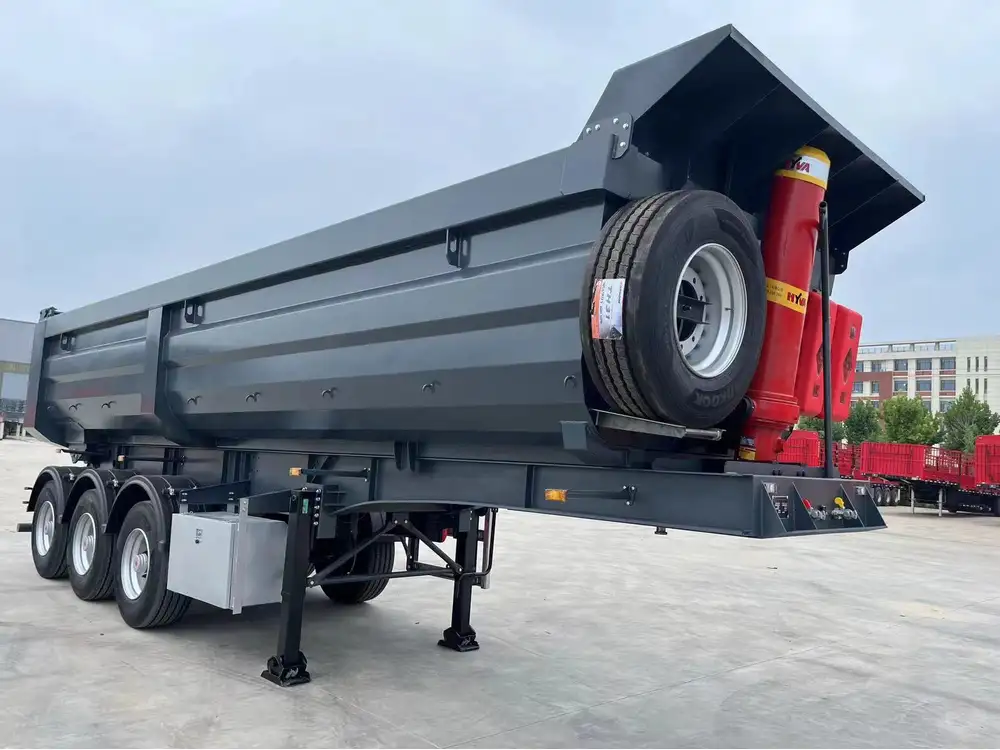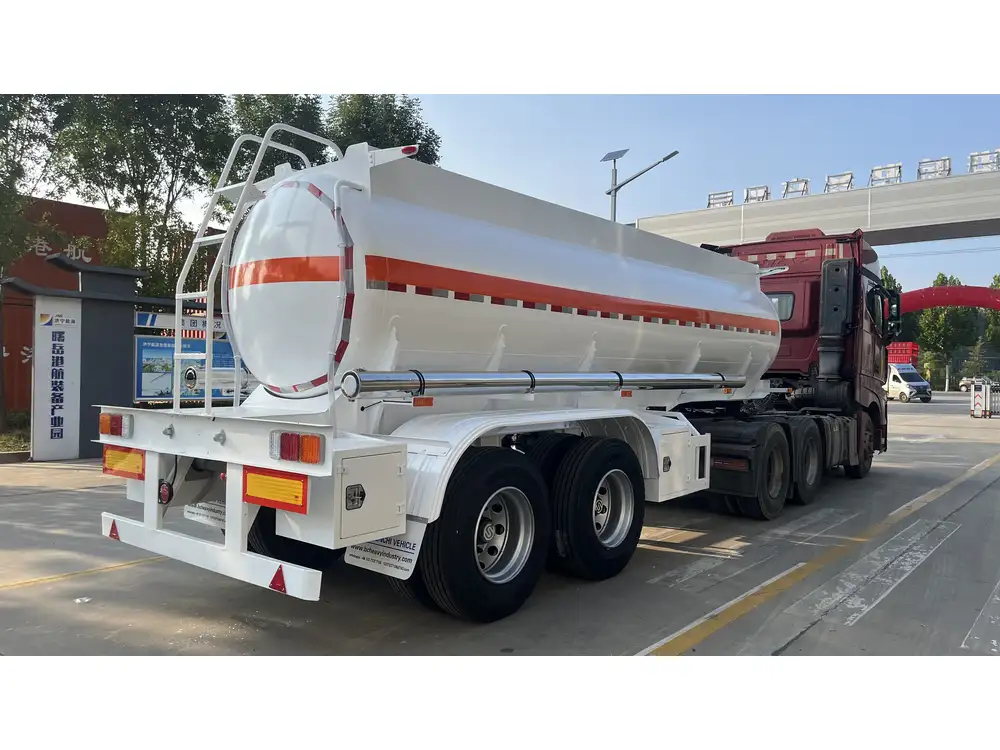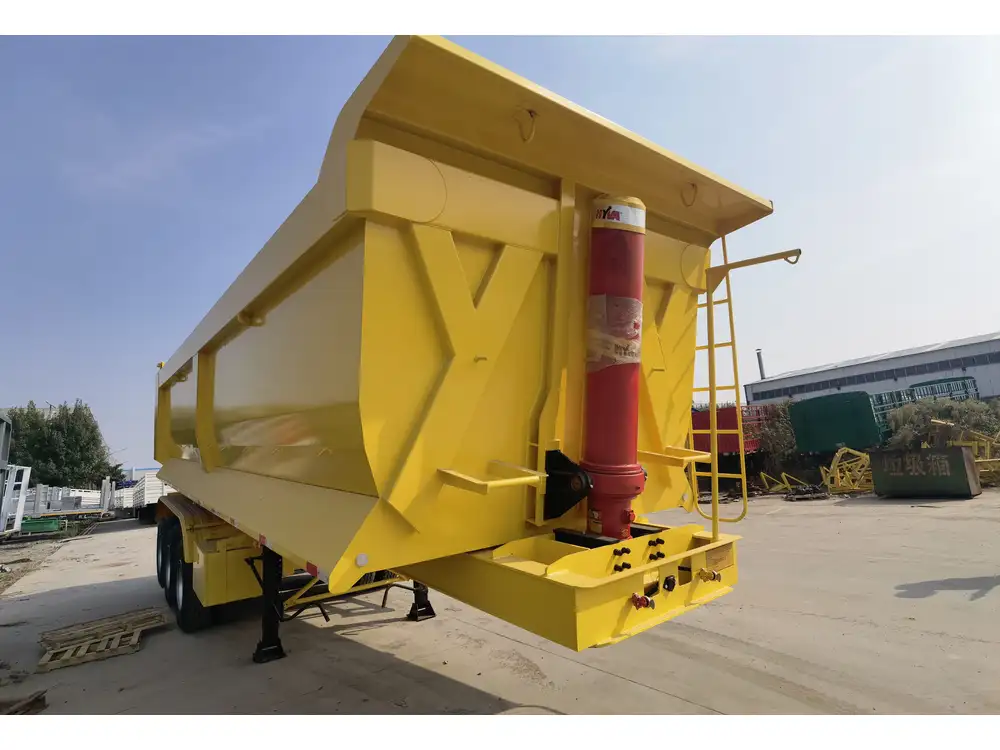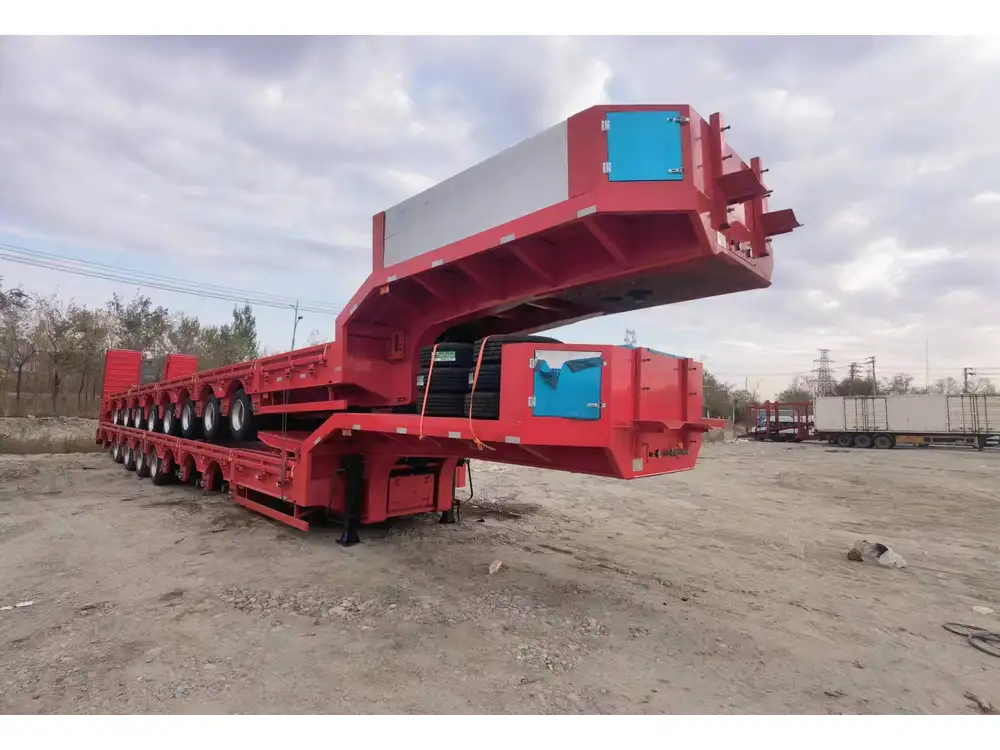When delving into the world of semi-trailers, the terminology can often be confusing. One of the most prevalent queries revolves around the term used to describe a semi without its associated trailer. The industry’s jargon can create a maze, but we aim to cut through the confusion. In this article, we will explain what a semi is when it’s disconnected from its trailer, explore the various types of semi-trucks, and guide you through a selection process if you’re considering purchasing one.
What Is A Semi Without A Trailer?
In simple terms, a semi-truck without its trailer is typically referred to as a “tractor.” The tractor serves as the front half of the semi-truck, equipped with the engine, cab, and other essential components necessary for operation. When detached from the trailer, the tractor may still function independently, albeit with limited utility, as its primary purpose is to tow cargo trailers.
Key Components of a Tractor
To understand a tractor’s vital role, consider its essential parts:
- Engine: The powerhouse of the tractor, usually a diesel engine known for its high torque and fuel efficiency.
- Cab: The driver’s compartment; designed for comfort and visibility, it often includes advanced technological features for navigation and safety.
- Chassis: The framework that supports the tractor’s body including the suspension system.
- Axles: Integral for weight distribution and stability while pulling the trailer.
- Fifth Wheel: This component engages the trailer, allowing for smooth articulation between the tractor and the trailer.

The Role of Semi-Trailers in Transportation
Differentiating Between Tractors and Trailers
Understanding the logistic operation begins with clarifying the distinct functions of tractors and trailers.
| Component | Description |
|---|---|
| Tractor | The powered vehicle that drives the semi-trailer; it’s designed to pull heavy loads yet operates independently. |
| Trailer | The cargo-carrying unit that attaches to the tractor, designed for transporting goods over long distances. |
Types of Semi-Trailers
The pairings of tractors and trailers can vary significantly based on hauling needs:
- Flatbed Trailers: Versatile and open for transporting items like lumber or heavy machinery.
- Reefer Trailers: Insulated and equipped with refrigeration systems for transporting perishable goods.
- Dry Van Trailers: Enclosed trailers ideal for various consumer goods, providing protection from elements.
- Tanker Trailers: Designed to transport liquid substances, such as fuels, chemicals, or food-grade liquids.
- Lowboy Trailers: Built for transporting exceptionally tall cargo, ensuring compliance with height regulations.

Why Understanding Tractor Vs. Trailer Terminology Matters
Understanding the terms associated with both tractors and semi-trailers can influence operational efficiency, maintenance decisions, and overall transportation logistics. For manufacturers and logistics managers alike, having a solid grasp of terminology not only facilitates better communication but also enhances decision-making processes.
Common Misconceptions
Numerous misconceptions plague the industry. Here are a few:
Misconception: A semi without a trailer can’t operate effectively.
- Reality: While a tractor can operate independently, it is designed primarily for hauling.
Misconception: All tractors are the same.
- Reality: Tractors vary greatly in size, engine power, and features based on their designated hauling capacities.
FAQ Section

What Is a Dummy Semi-Truck?
A “dummy semi-truck” usually refers to a tractor-trailer combination that is not loaded. It is often used in training environments to simulate real hauling conditions without the risks associated with heavy loads.
Can a Semi operate without a Trailer?
Yes, a semi (tractor) can be driven without a trailer. However, the absence of a trailer limits its functionality to transport goods, leaving it primarily as a road vehicle.
How Do Tractors Differ From Regular Trucks?
Tractors are engineered with more powerful engines, reinforced frames, and specialized features for towing trailers compared to regular trucks designed primarily for local deliveries.

Choosing the Right Tractor for Your Needs
When considering a new tractor, evaluating various factors can enhance operational efficiency and cost-effectiveness. Below are critical elements to factor in when selecting a tractor:
Engine Power and Torque
- Fuel Type: Diesel engines are prevalent in tractors due to their efficiency and power.
- Horsepower: Depending on your needs, consider tractors ranging from 300 to 600+ horsepower for heavy loads.
Transmission Types
- Manual Transmission: Offers total control and is generally more prevalent in older models.
- Automatic Transmission: Eases driving, especially in heavy traffic and is becoming increasingly common in new tractors.

Cab Comfort and Technology
- Ergonomics: Look for adjustable seats, steering wheels, and a layout that reduces fatigue.
- Technology: Many new tractors are equipped with GPS, telematics systems, and advanced safety features.
Fuel Efficiency
Evaluating fuel efficiency is crucial as it directly impacts operational costs. Advanced fuel management systems available in modern tractors can optimize consumption.
Conclusion
Understanding what a semi is called without a trailer—namely a tractor—is foundational to navigating the logistics and transportation sector. With so many intricacies involved in choosing the right vehicle, a well-informed decision can help streamline operations and enhance productivity.
As you consider purchasing a semi-trailer truck, remember the importance of defining your needs first: assess the type of cargo you’ll be transporting, the frequency of your hauls, and the distances you plan to cover. This diligent consideration ensures that you select a vehicle capable of meeting your demands.
In essence, a thorough comprehension of the terminology used within the industry—coupled with a clear understanding of the specifications and options available—will equip you with the knowledge necessary to navigate this dynamic landscape efficiently. Whether you’re a logistics manager optimizing a fleet or an owner-operator seeking a reliable vehicle, knowing your way around tractors will empower your decisions in a sector reliant on speed and accuracy.



